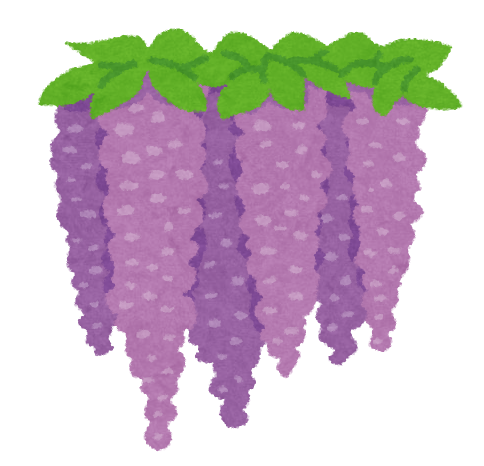Description
Students make pairs. The teacher says the vocabulary in any order, and the students repeat. When they hear the keyword, both students roll their dice. The highest number rolled is the number of points that their pair wins. If both students roll the same number (even if they roll 1 twice), they get 10 points.
Notes
- It’s easier if students don’t need to repeat the keyword before trying to grab the dice.
- It’s best to introduce this game after the students are familiar with the regular version of the game.
